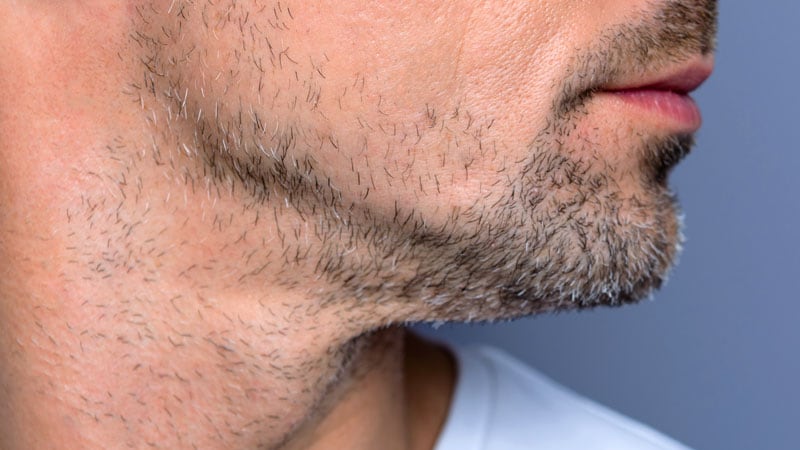For the first time, researchers have analyzed oropharyngeal cancer trends in all 50 states and Washington, D.C., and the cross-sectional study shows the condition is increasingly common among older men. The researchers also found an increase in the proportion of regional stage oropharyngeal cancer (3.1% per year in men, 1.0% in women) and mortality among men (2.1% per year).
There were also significantly higher rates of oropharyngeal cancer in Midwestern and Southeastern states, suggesting a need for improved prevention efforts. In addition to older men, an increasing number of people with oropharyngeal cancer are immunosuppressed patients who, like older men, present with advanced tumors.
The new data present a picture of an evolving landscape. “Fifteen or 20 years ago, the increase was largely occurring among young individuals, but now, it has shifted. In our study, we found the most rapid rise now is among men aged 65 years and older, and a rise in mortality as a result of these increases,” said lead author Ashish A. Deshmukh, PhD, MPH, an assistant professor of health services, research, management, and policy at the University of Florida, Gainesville.
The Southeast and Midwest aren’t just hotspots for men. Although the incidence was lower among women overall, the Southeast and Midwest saw greater increases.
The study, published Dec. 16, 2021, in JAMA Otolaryngology – Head & Neck Surgery, also hints that the human papillomavirus (HPV) vaccine, first introduced in 2006, may be having an impact on oropharyngeal cancer incidence. When the researchers stratified incidence by age group, they found a decline among individuals younger than 45 from 2008 to 2017 of 2.1% per year. “It might be still quite early to say that the decrease is driven by HPV vaccination, but we are starting to see a decrease in oropharyngeal cancer incidence among the youngest age group, which is likely to benefit from HPV vaccination earliest,” Deshmukh said in an interview.
The researchers examined data on 260,182 oropharyngeal cancer cases from the U.S. Cancer Statistics data set from 2001 to 2017. About 80% of cases were in men, and 54% occurred in Southeastern (32%) or Midwestern states (22%). Overall, there was a 2.7% annual increase in oropharyngeal cancer nationally among men, and 0.5% among women. Increases were highest among men in states in the Southeast and Midwest regions, and a similar trend was seen among women with a greater than 2% increase per year. Mortality increased 2.1% per year among men between 2006 and 2017, but declined by 1.2% in women.
According to Nosayaba Osazuwa-Peters, PhD, of Duke University, Durham, N.C., and Louise Davies, MD, of the Dartmouth Institute for Health Policy and Clinical Practice in Lebanon, N.H., the study leads to cautious optimism that the HPV vaccine may be having an effect on oropharyngeal cancer incidence in young men. Still, unvaccinated older individuals will remain vulnerable. “This makes the recent extension of the age of eligibility for HPV vaccination to age 45 years a critical advance. The more adults up to the age of 45 years who get vaccinated now, the more benefit we will see from their vaccination in the next 2 or more decades. We need to ring out this message loud and clear as head and neck cancer clinicians,” they wrote in an accompanying editorial.
The study was limited in part by the fact that U.S. cancer registry data has no information on risk factors.
The study was funded by the National Cancer Institute and the National Institutes of Health.
This article originally appeared on MDedge.com, part of the Medscape Professional Network.

